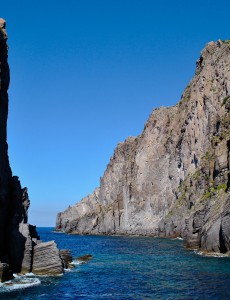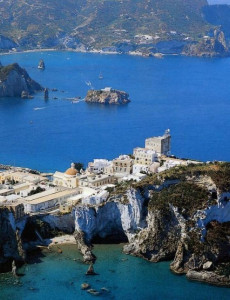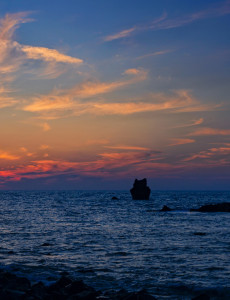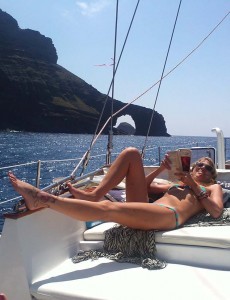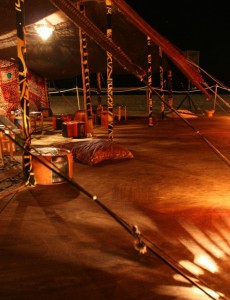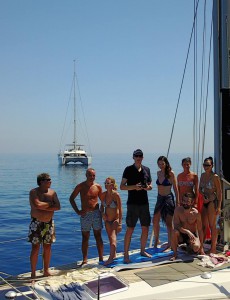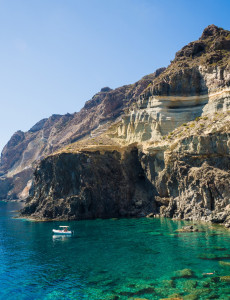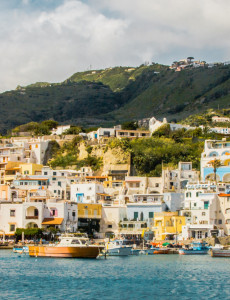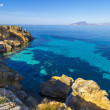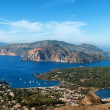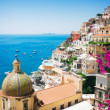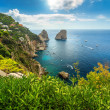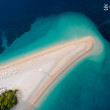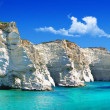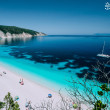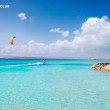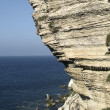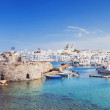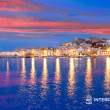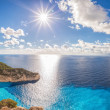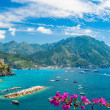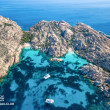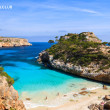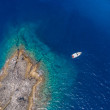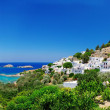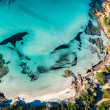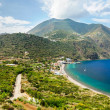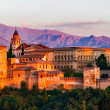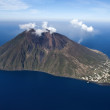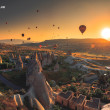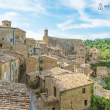
Sicily
Sicily From the Sea: A Living Canvas of Light, Rock, and Time
As you approach Sicily from the open water, the island does not simply appear — it emerges, in layers of volcanic stone, sun-bleached cliffs, and ancient terraces clinging to wild headlands. The wind brings in scents of citrus and salt, while seabirds glide low over indigo swells. Waves glitter against the coves of the Aeolian chain or the amber curves of the southern coast. On some days, the horizon is dusted with the outline of Mount Etna, rising smoky and surreal above a bronze skyline. This is not a destination that shouts. It unfolds slowly, each cape and bay revealing new light, texture, and story.
Inland, golden towns sit above olive groves and lavender scrub, while hidden beaches whisper of Greek footsteps and Saracen winds. The rhythm of Sicily travel is one of layered discovery — where nature, memory, and motion blend. The sea is not just background here; it’s a living presence, shaping landscapes and lives. Even the light feels ancient, burnishing fishing villages like Marzamemi and Cefalù in tones of honey and ash. For those willing to pause, Sicily reveals its soul in the contrast between volcanic drama and pastoral calm, between cliffside solitude and market square joy.
An insight for the curious: Sicily’s richness is not found only in monuments or famous views. It's in the way the coastline feels when seen from the water — wide, breathing, alive. Many of the island’s most unforgettable moments are those witnessed in motion, with the wind in your face and the land unfolding in silhouette. This is why the island has always been a haven for wanderers, seafarers, and dreamers — it asks to be arrived at slowly, from the sea.
Why visit Sicily? Because only from its surrounding waters can one fully understand how deeply its beauty and history are tied to the rhythms of nature, myth, and Mediterranean light.
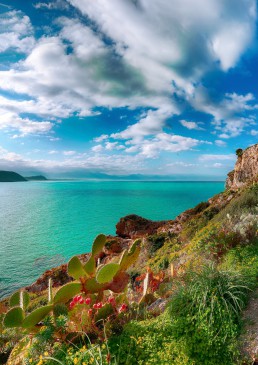
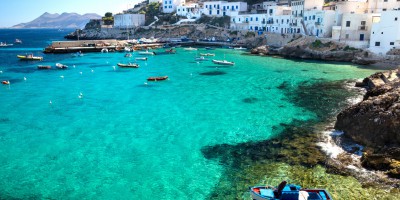
Sailing Sicily: A Journey Through Light, Silence, and Hidden Shores
Sailing along the Sicilian coast is a journey sculpted by time, tides, and shifting Mediterranean light. From the western salt pans of Trapani to the volcanic silhouettes of the Aeolian Islands, the coast unfolds not as a static backdrop, but as a living horizon of ancient ports, wild promontories, and sudden sapphire coves. Each stretch of this coastline reveals a different soul of the island—at once rugged and gentle, secretive and generous.
The northern coast, from Palermo to Cefalù, is a luminous corridor where Norman towers rise above olive-dotted hills and crystalline anchorages. In the golden hours of late afternoon, light melts into the Tyrrhenian Sea, casting stone villages and sleepy fishing harbors in amber stillness. This is where perspective transforms: distances fade, sounds soften, and the traveler begins to inhabit time at the sea’s rhythm.
Heading eastward, the routes curve towards the Aeolian Islands—Lipari, Salina, Vulcano, and Stromboli—where sailing becomes an encounter with primal elements. Fumaroles whisper from black shores, and sunsets burn volcanic red. The Aeolians, though remote, are well-serviced with marinas and anchorages, making them ideal for those seeking contrast between adventure and ease.
The southeastern coast of Sicily, from Taormina to Siracusa, is a tapestry of ancient beauty. Dramatic cliffs give way to gentle arcs of beach and baroque cities spilling into turquoise shallows. Siracusa’s Grand Harbour, once home to Greek fleets, now welcomes modern explorers looking to moor near archaeological marvels and timeless piazzas. Even short passages feel epic here, as every bay holds echoes of myth.
Along the south and southwest, a wilder silence awaits. This is a coastline less touched, where sandy inlets hide between limestone bluffs and fishermen’s stories drift across warm currents. The Egadi Islands—Favignana, Marettimo, and Levanzo—offer a final sanctuary, where snorkeling through sea caves reveals an underwater Sicily just as rich as the one on land.
The freedom to sail slowly between these shores is what defines the experience. Whether on a skipper charter Sicily, a catamaran charter, or a Sicily sailing cruise, the journey is yours to shape. With IntersailClub’s expert navigation, every harbor becomes an invitation, every wind shifts a gentle nudge toward discovery.
Is Sicily good for sailing? Absolutely. With diverse coastlines, sheltered anchorages, calm summer winds, and culturally rich ports, Sailing Sicily offers one of the Mediterranean’s most rewarding sea voyages—where every mile sailed is layered with nature, myth, and meaning.
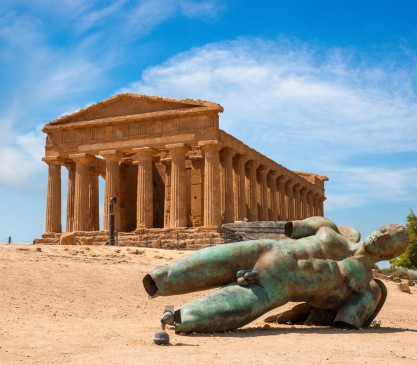
Sicily’s Living Heritage: A Coastal Tapestry of History, Life, and Culture
Sicily’s history is intrinsically tied to the sea, a crossroads of ancient trade routes and a mosaic of coastal settlements that have shaped its unique identity. From the Phoenicians and Greeks to the Romans and Byzantines, the island’s archaeology tells tales of diverse civilizations whose influence is still visible in coastal towns and harbors. The sea was not only a lifeline for commerce but also a cultural connector, inspiring a rich tapestry of traditions and coastal communities.
The island’s culture thrives in its vibrant festivals, many of which celebrate the maritime heritage. Events like the Feast of Saint Agatha in Catania or the Tuna Festival in Trapani highlight the blend of religious devotion and seafaring tradition that defines Sicily’s life. Artisans in coastal villages keep ancient crafts alive, from coral jewelry to intricate embroidery, weaving history into everyday life. Music and dance, such as the lively tarantella, echo the island’s spirited past, performed during festivals that light up harbors and piazzas alike.
Sicilian coastal cuisine, a fundamental expression of Sicily’s culture, offers a sensory journey deeply connected to the sea. Fresh seafood dishes like swordfish pasta, caponata, and arancini reflect a culinary tradition born from both local resources and historical trade influences, blending Arab, Norman, and Mediterranean flavors. These coastal meals are a vital part of the island’s social fabric, enjoyed in seaside taverns where stories of the sea and heritage are shared.
Reflecting on Sicily’s layered identity, it becomes clear that the island’s culture is a living dialogue between the land and the sea, where history is not just preserved but actively celebrated through vibrant community life and ongoing traditions.
What cultural influences shape Sicily’s identity? Sicily’s identity is shaped by a rich fusion of Mediterranean civilizations, whose legacies endure in its archaeology, festivals, cuisine, and the everyday life of its coastal communities, all deeply intertwined with the sea.
Sicily’s Climate Symphony: Navigating Weather Patterns for the Perfect Sailing Experience
June is the hottest month in Havana with an average temperature of 27°C (81°F) and the coldest is January at 21°C (70°F) with the most daily sunshine hours at 11 in July. The wettest month is June with an average of 80mm of rain. The best month to swim in the sea is in August when the average sea temperature is 30°C (86°F).
Check all Statistics in AccuweatherAll destinations in Mediterranean Sea
-

-

-

-

-

-

-

-

-

-

-

-

-

-

-

-

-

-

-

-

-

-

-

-

-

-

